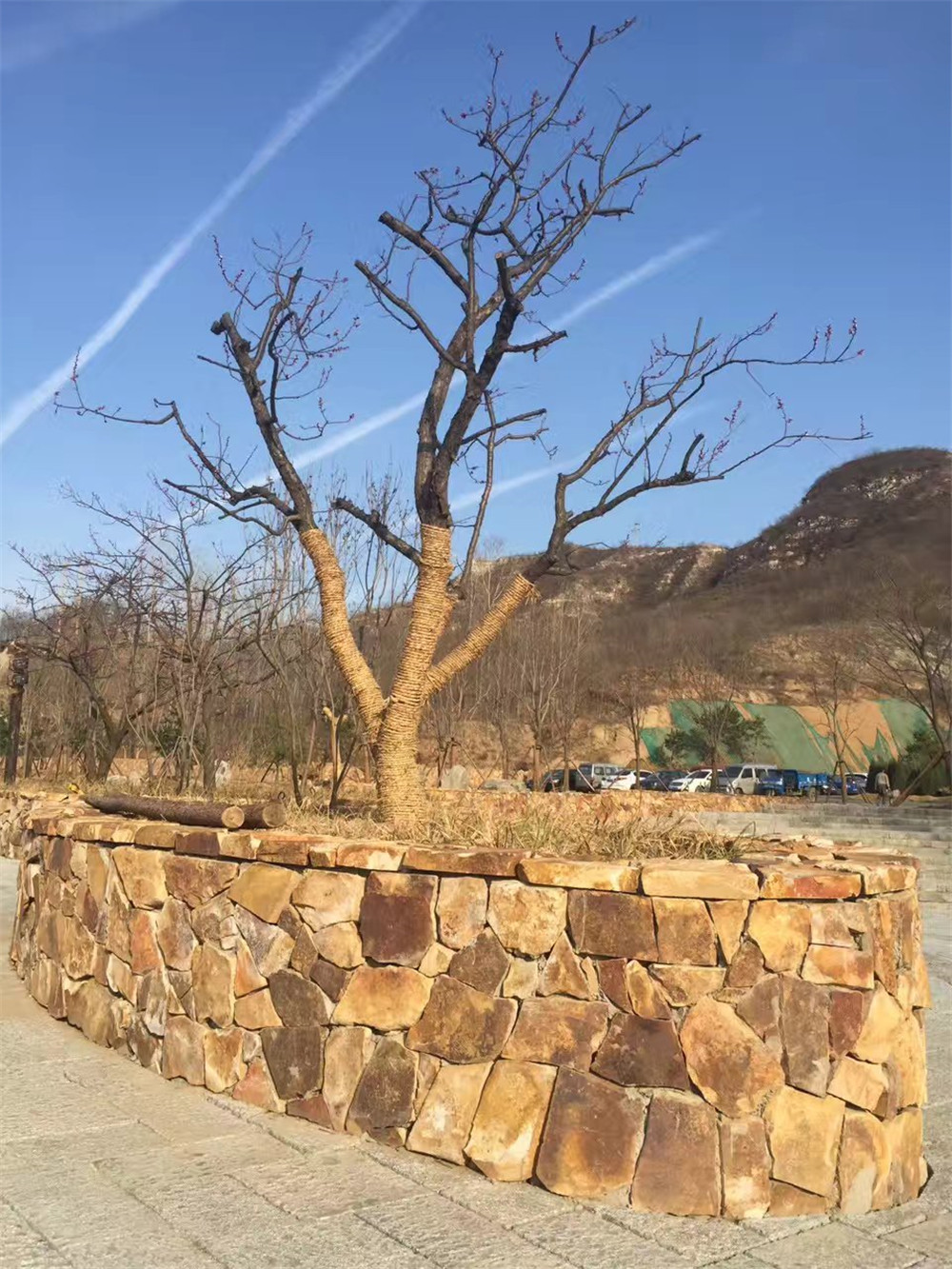Introduction
Cultured river rock is a popular landscaping material that combines the natural beauty of river rocks with the durability and versatility of concrete. These man-made stones are meticulously crafted to mimic the look and texture of real river rocks, providing a cost-effective and low-maintenance alternative for various outdoor and indoor applications. In this article, we will explore the usage, benefits, and installation of cultured river rock to help you make informed decisions when incorporating this versatile material into your landscaping projects.
Usage of Cultured River Rock
Cultured river rock can be used in a wide range of landscaping applications, both residential and commercial. Here are https://www.fs-slate.com/ledgestone/ of the most common uses of cultured river rock:
1. Pathways and Walkways: Cultured river rock is an excellent choice for creating pathways and walkways in gardens, parks, and outdoor spaces. The smooth texture and natural appearance of cultured river rock add a touch of elegance to any landscape design.
2. Driveways: Cultured river rock can be used to create stunning driveways that enhance the curb appeal of residential properties. Its durable and weather-resistant properties make it an ideal choice for high-traffic areas.
3. Retaining Walls: Cultured river rock can be used to construct attractive and functional retaining walls that help prevent soil erosion and create terraced landscaping designs. The natural look of cultured river rock blends seamlessly with the surrounding environment.
4. Water Features: Cultured river rock is often used to create beautiful water features such as ponds, waterfalls, and fountains. Its natural appearance enhances the aesthetics of water features and creates a soothing and relaxing atmosphere.
5. Garden Borders: Cultured river rock can be used to define garden borders and edging, providing a clean and polished look to flower beds, shrubs, and other landscaping elements.
Benefits of Cultured River Rock
There are numerous benefits to using cultured river rock in landscaping projects. Here are some of the key advantages of this versatile material:
1. Aesthetic Appeal: Cultured river rock provides a natural and rustic look that enhances the beauty of any outdoor space. Its varied colors, shapes, and sizes allow for endless design possibilities, from traditional to modern styles.
2. Durability: Cultured river rock is highly durable and long-lasting, making it an excellent choice for outdoor applications. It can withstand harsh weather conditions, heavy foot traffic, and other environmental factors without losing its appearance or integrity.
3. Low Maintenance: Cultured river rock requires minimal maintenance compared to natural river rocks. It does not need to be sealed or treated regularly and can be easily cleaned with water and mild soap to maintain its original look.
4. Cost-Effective: Cultured river rock is more affordable than natural river rocks, making it a cost-effective option for homeowners and landscapers looking to achieve a high-end look without breaking the bank. Its lower price point also allows for larger projects within budget constraints.
5. Versatility: Cultured river rock can be used in a wide range of landscaping applications, from pathways and driveways to water features and garden borders. Its versatility makes it a popular choice for both residential and commercial projects.
Installation of Cultured River Rock
Installing cultured river rock requires careful planning and preparation to ensure a successful outcome. Here are the basic steps involved in the installation process:
1. Site Preparation: Before installing cultured river rock, the site must be properly prepared to ensure a stable and level surface. Clear the area of any debris, vegetation, or existing landscaping materials, and ensure proper drainage to prevent water pooling.
2. Base Material: A sturdy base material, such as crushed stone or gravel, should be laid down to provide a stable foundation for the cultured river rock. The base material should be compacted and leveled to create a smooth and even surface.

3. Placement: Cultured river rock can be placed directly onto the prepared base material in the desired pattern and arrangement. It is important to leave small gaps between the stones for grout or sand to be added later.
4. Grouting: Once the cultured river rock is in place, grout or sand can be used to fill the gaps between the stones and secure them in position. The grouting material should be spread evenly and swept into the joints to create a cohesive and seamless finish.
5. Sealing: To enhance the longevity and appearance of the cultured river rock, a sealant can be applied to protect the surface from stains, discoloration, and wear. Follow the manufacturer's instructions for proper application and drying times.
6. Maintenance: Regular maintenance is essential to keep cultured river rock looking its best. Sweep or rinse the surface periodically to remove debris and dirt, and reapply sealant as needed to protect the stones from environmental damage.
Conclusion
Cultured river rock is a versatile and attractive landscaping material that offers numerous benefits for outdoor and indoor applications. Its natural appearance, durability, low maintenance requirements, and cost-effectiveness make it a popular choice for homeowners and landscapers looking to enhance the beauty and functionality of their outdoor spaces. By understanding the usage, benefits, and installation of cultured river rock, you can confidently incorporate this versatile material into your landscaping projects and create stunning and long-lasting designs.
